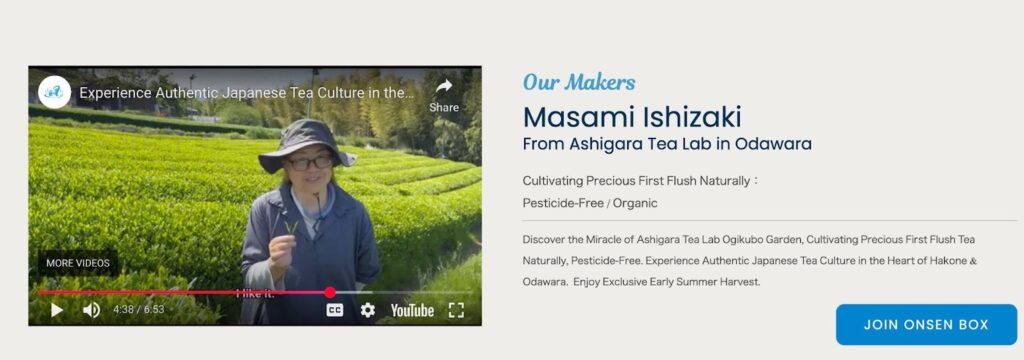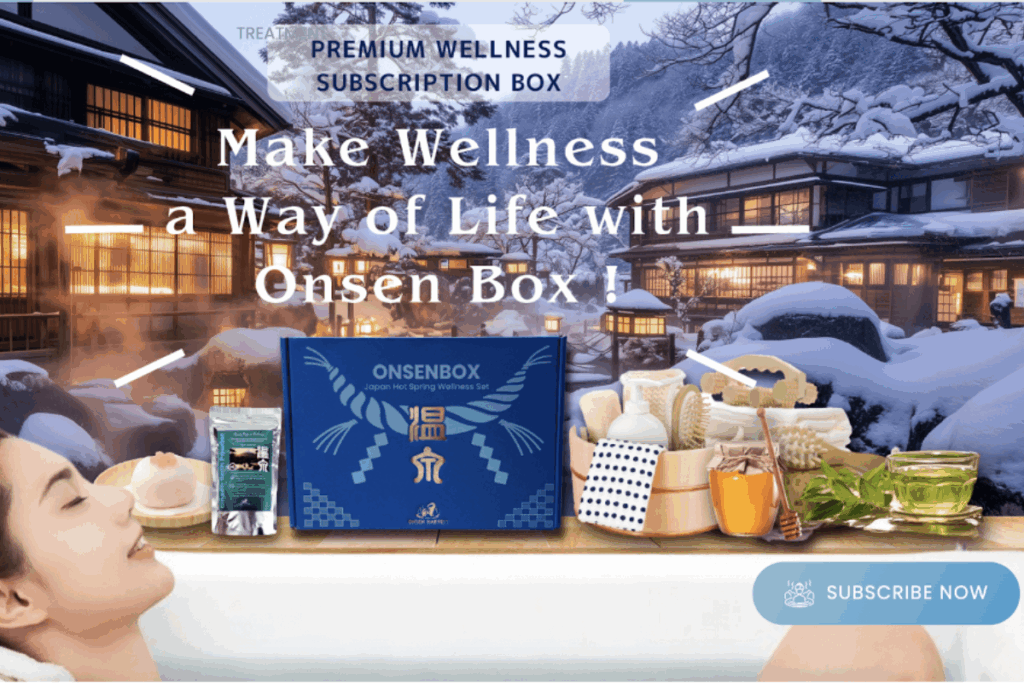Healing and Wellness in Japan’s Hot Springs
Do you enjoy Japan’s hot springs? These natural retreats, known as onsen, offer the perfect escape from the hustle and bustle of city life. Surrounded by nature, they provide not only physical relief but also a deep sense of peace and tradition. In this article, Onsen Sommelier Shun Sakaki shares his insights into the deeper meaning of hot springs in Japanese culture and introduces a unique service that brings the onsen experience to your doorstep: Onsen Box.
What Is Onsen?
Japanese law defines a hot spring as groundwater that either has a source temperature of 25°C or higher or contains specific minerals at designated concentrations. With more than 20,000 hot spring facilities and nearly 30,000 hot spring sources, Japan’s volcanic geography has made it one of the world’s leading onsen countries—more hot springs than even the number of 7-Eleven stores nationwide.
Exploring the History of Japanese Onsen from Ancient Traditions to Modern Wellness
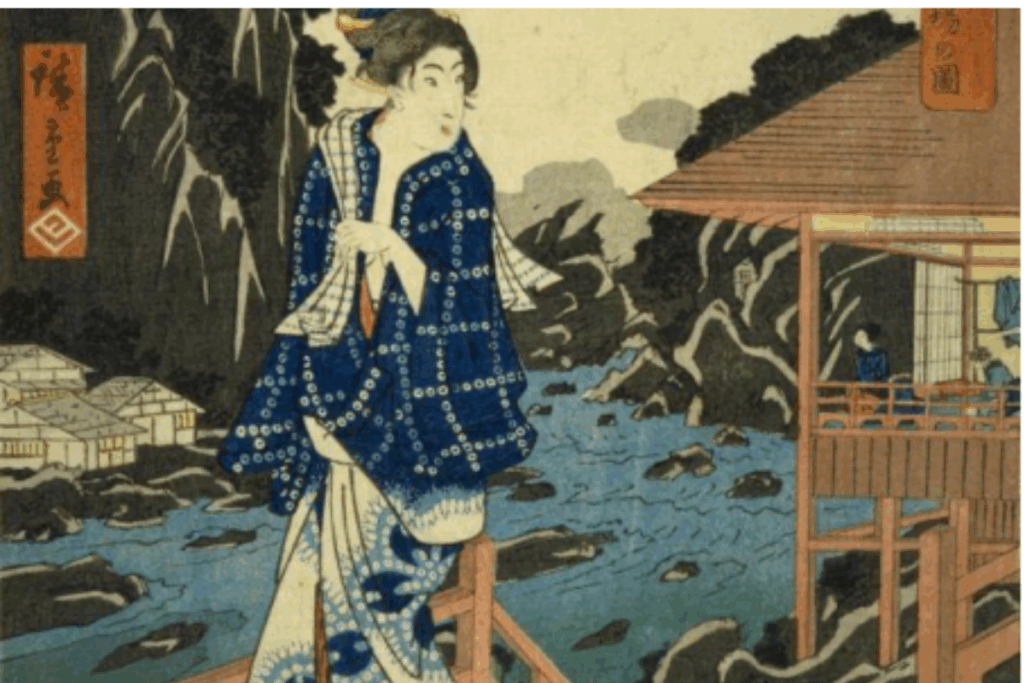
Ancient Times: Myths and Healing Waters
Japan’s onsen culture is deeply rooted in history. The origin is hard to trace, but there are records dating back more than 1,300 years. The Izumo no Kuni Fudoki (compiled in 714 AD) describes hot springs as “divine waters” with the power to heal. Historical accounts show emperors and royal families traveling to famous springs such as Iyo Onsen and Kii Onsen (modern-day Shirahama Onsen) for therapeutic purposes.
Jomon Period: Early Human and Animal Connection
At the Miyanohira Ruins in Nara Prefecture, archaeologists uncovered many stone tools in an area where a hot spring once existed. The prevailing theory? Herbivores gathered around the mineral-rich waters, attracting early humans who settled there to hunt. Interestingly, Japanese macaques—snow monkeys—have soaked in hot springs for generations, suggesting animals enjoyed them long before humans.
Heian to Sengoku Period: Spiritual and Social Significance
During the Heian period, onsen culture spread among the nobility, monks and warriors. With the rise of Zen Buddhism, hot springs became places of rest and reflection for monks traveling across Japan. These areas also evolved into cultural exchange hubs. In the Sengoku period, injured samurai used onsen to recover, and warlords invested in building and maintaining springs within their territories. Some of these records are still preserved in historical hot spring resorts today.

Edo Period: Onsen for the Common People
In the Edo era, hot spring travel became accessible to the general population. While healing remained the primary goal, leisure became an important factor. Activities such as the “Seven Springs Tour” grew popular. Although inter-prefecture travel was restricted, people could still take onsen trips, making them one of the few joyful escapes available.
Modern Day: From Bath to Wellness Destination
With improved transportation and media, onsen turned into must-visit tourist spots. However, people today are once again embracing the health, wellness and spiritual aspects of hot springs. People now see them not just as tourist attractions, but as places to relax, reset, and reconnect.
Hot Springs as Power Spots
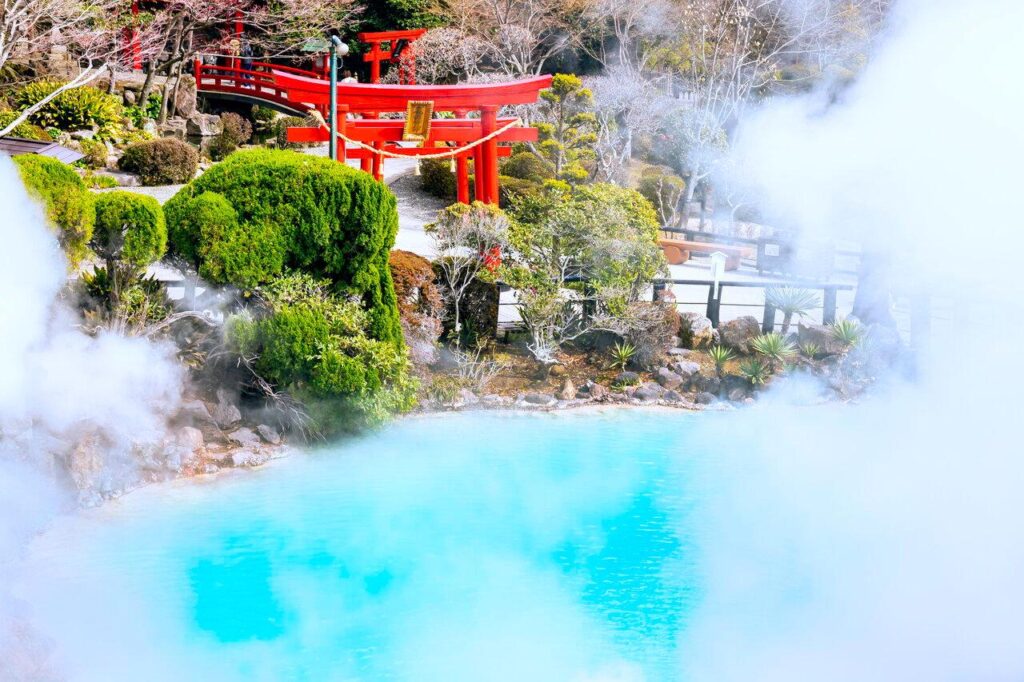
Japanese hot springs aren’t just physical experiences, they are spiritual sanctuaries. Many onsen sites are near temples and shrines dedicated to Yakushi Nyorai, the Buddha of healing. Much like the Celtic reverence for nature, mountain monks and spiritual seekers actively uphold onsen faith in Japan. When you enter an onsen space, you leave the outside world behind and step into a form of mindfulness.
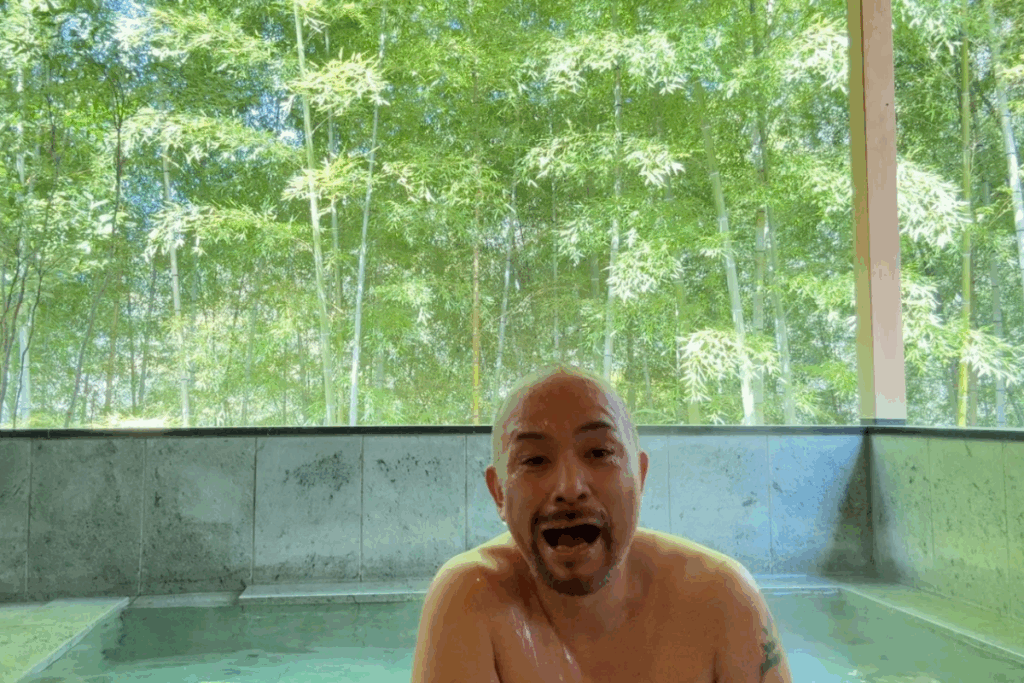
Understanding the Deeper Meaning of Japanese Onsen Culture from Bathing Customs to Spiritual Harmony
Commentary by Onsen Sommelier Shun Sakaki
“I am often asked by foreign visitors, ‘What makes Japanese hot springs so special?’ Of course, onsen are natural healing sanctuaries that soothe both body and mind. But to me, onsen represent something deeper—they are a microcosm of Japanese culture and tradition.
“For example, Japanese onsen have long been accompanied by specific bathing customs. Have you ever wondered why people bring a small towel into the bath? While it is used for washing the body, it also serves a practical purpose after bathing—to wipe off excess water before stepping out, preventing the floor from becoming slippery. Another common practice is washing your body thoroughly before entering the bath, especially after sweating. These customs stem from an ingrained sense of consideration for others, a value deeply rooted in Japanese society since ancient times. This same concept of omotenashi (thoughtful hospitality) can also be found in traditions such as Bushido (the samurai code) and the tea ceremony.
“Another unique aspect of Japanese onsen culture is bathing naked. In onsen, social status and wealth disappear—everyone is equal. Stripped of material distinctions, each person simply exists as a human being, sharing the experience with others while seeking personal relaxation and renewal. I believe this spirit of harmony and self-reflection is at the heart of Japan’s onsen culture.”
The Science Behind Japan’s Healing Onsen
Hot springs have been healing people in Japan for centuries. With increasing global fatigue, people are searching for more than rest—they want healing. Practices such as yoga, forest bathing and power spot visits have gained traction. But onsen have offered this kind of wellness for more than 1,400 years. Long before Western medicine took hold in Japan.
The healing benefits of onsen can be described in three categories:
- Physical Effects: This includes thermal effects—wherein heat improves blood flow and eases physical tension—and hydrostatic effects—wherein water pressure stimulates internal organs and supports circulation.
- Psychological Effects: Traveling to an onsen creates a fresh environment, reducing mental stress.
- Pharmacological Effects: Mineral elements in the water provide healing for the skin and body.
In December 2024, Book Retreats released its Holiday Relaxation Report, ranking the world’s top destinations for relaxation, with a special focus on wellness hotspots. Japan ranked No. 1 in Asia for wellness and earned recognition as the world’s second-best wellness destination. The country earned this ranking for its unique ability to blend ancient traditions with modern wellness trends.
“Japan’s network of onsen and well-established healing practices. These are reiki, provide visitors with authentic therapeutic experiences. The settings range from remote mountain villages to vibrant cultural capitals,” the report stated.
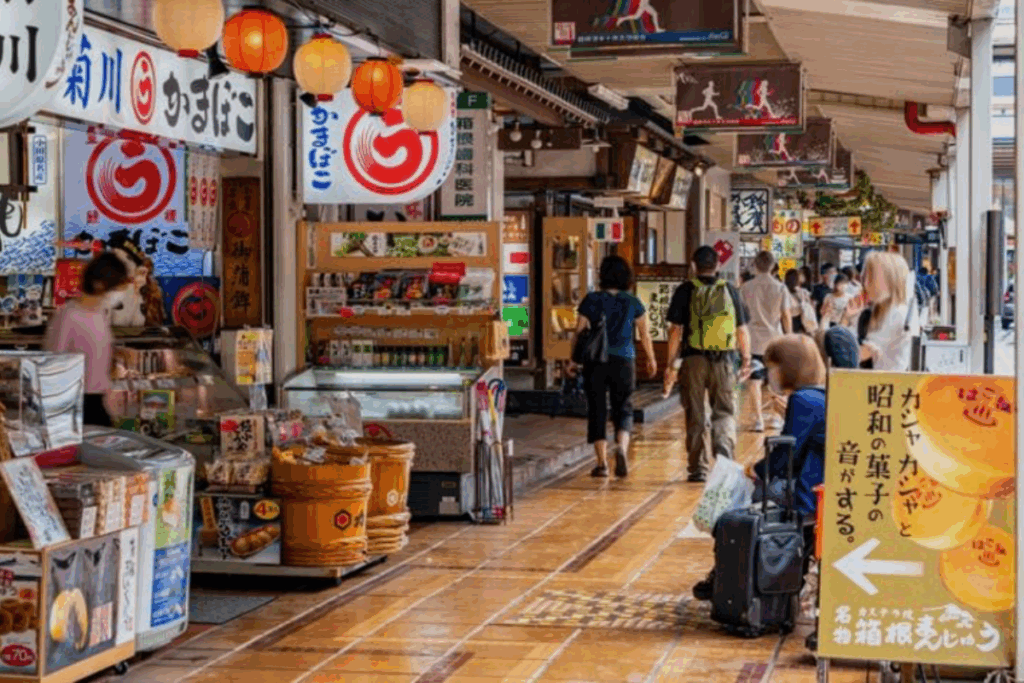
Each onsen area in Japan has developed its own traditions, crafts and wellness products, many of which remain unknown outside the country. These include bath salts, onsen soaps and face masks made with real spring water, aromatherapy oils and herbal teas grown with mineral-rich water, regional snacks, handmade sweets and traditional crafts.
The idea of making these products available globally led to the creation of Onsen Box. A service that delivers these curated wellness items from Japanese hot spring regions right to your home. Many onsen regions are in rural areas where small businesses have limited opportunities to reach international markets. Onsen Box helps promote and preserve these communities by supporting their crafts and wellness products. It’s not just a subscription box, it’s a way to keep Japan’s onsen culture alive and thriving.
